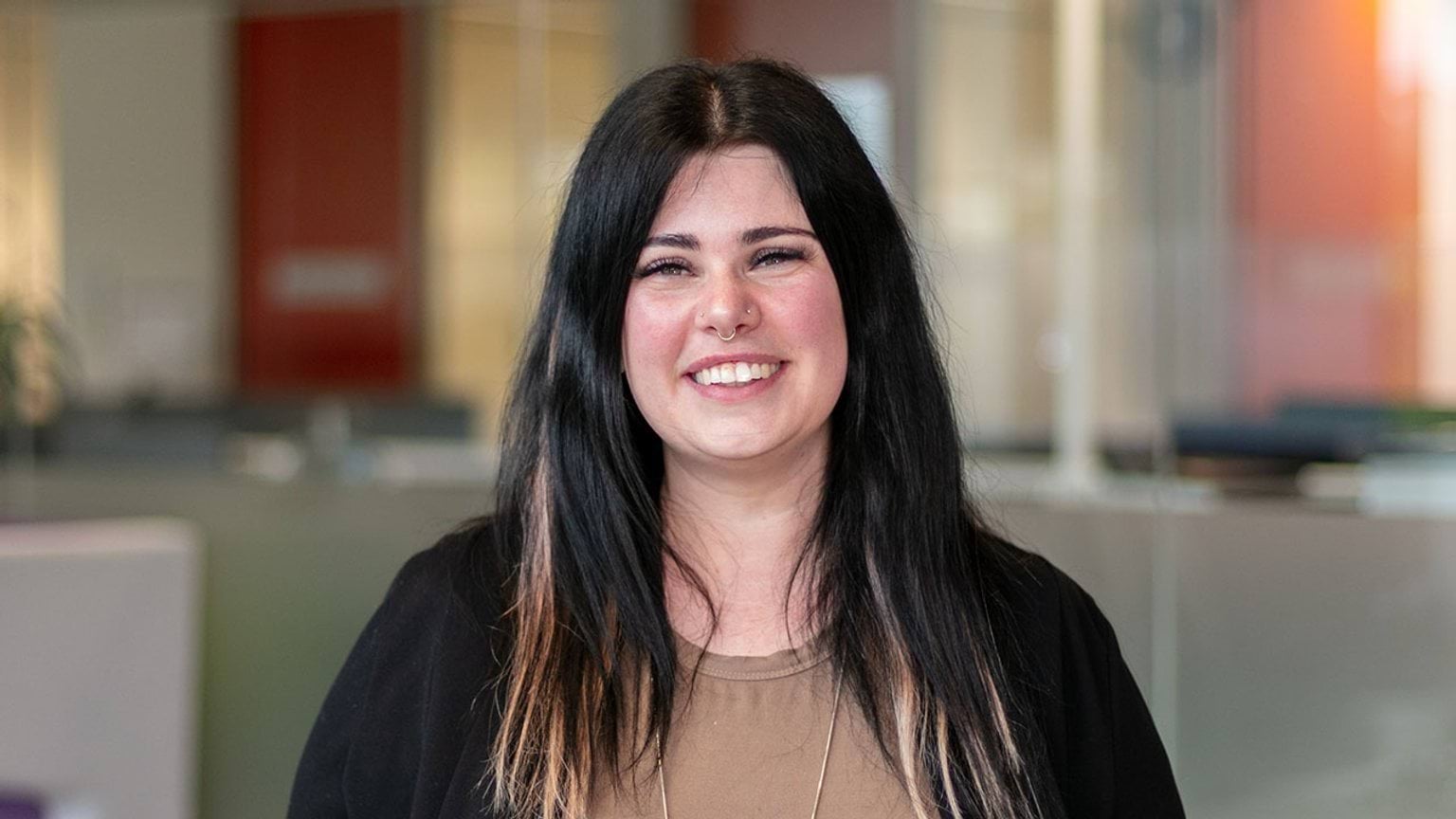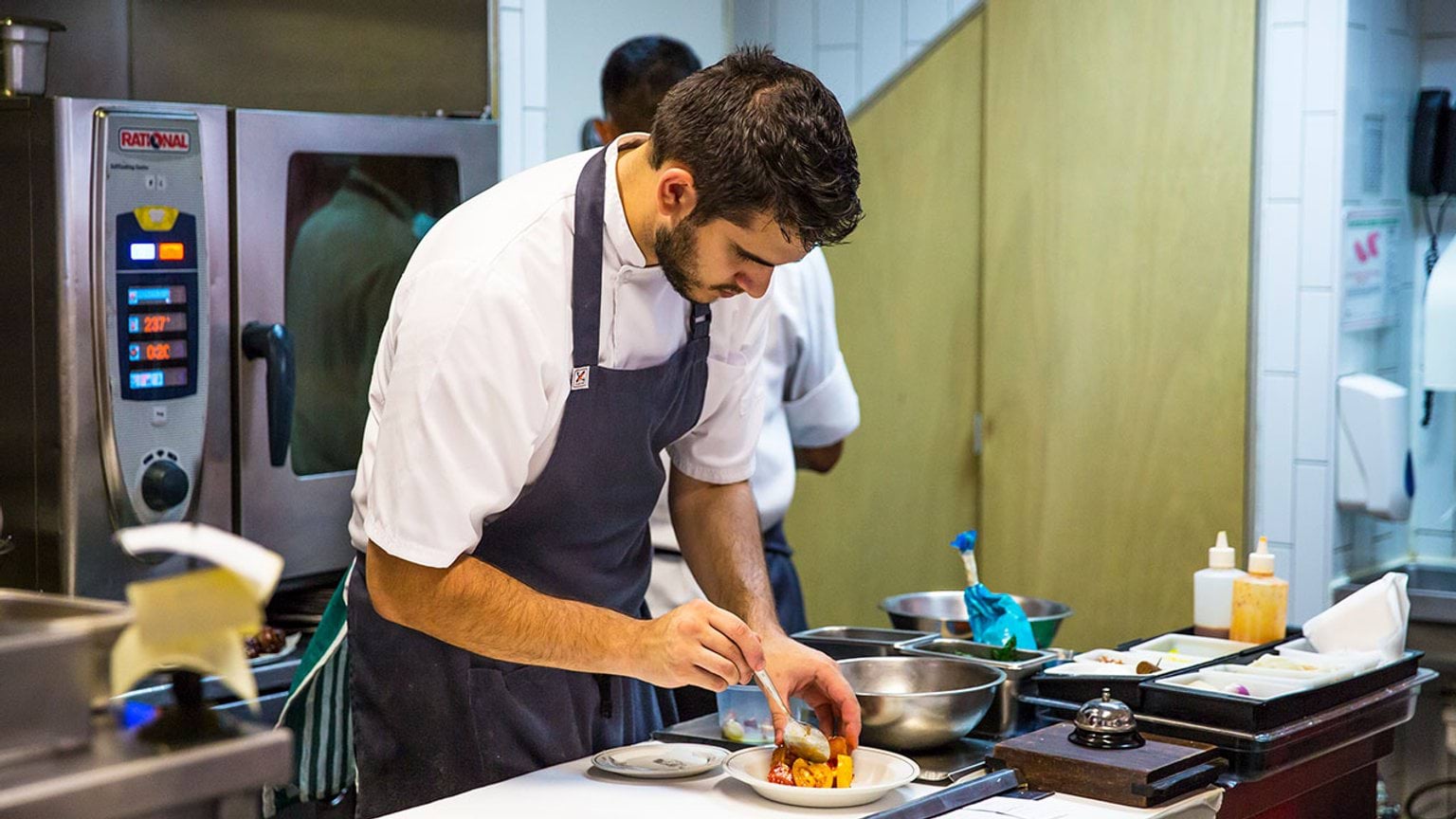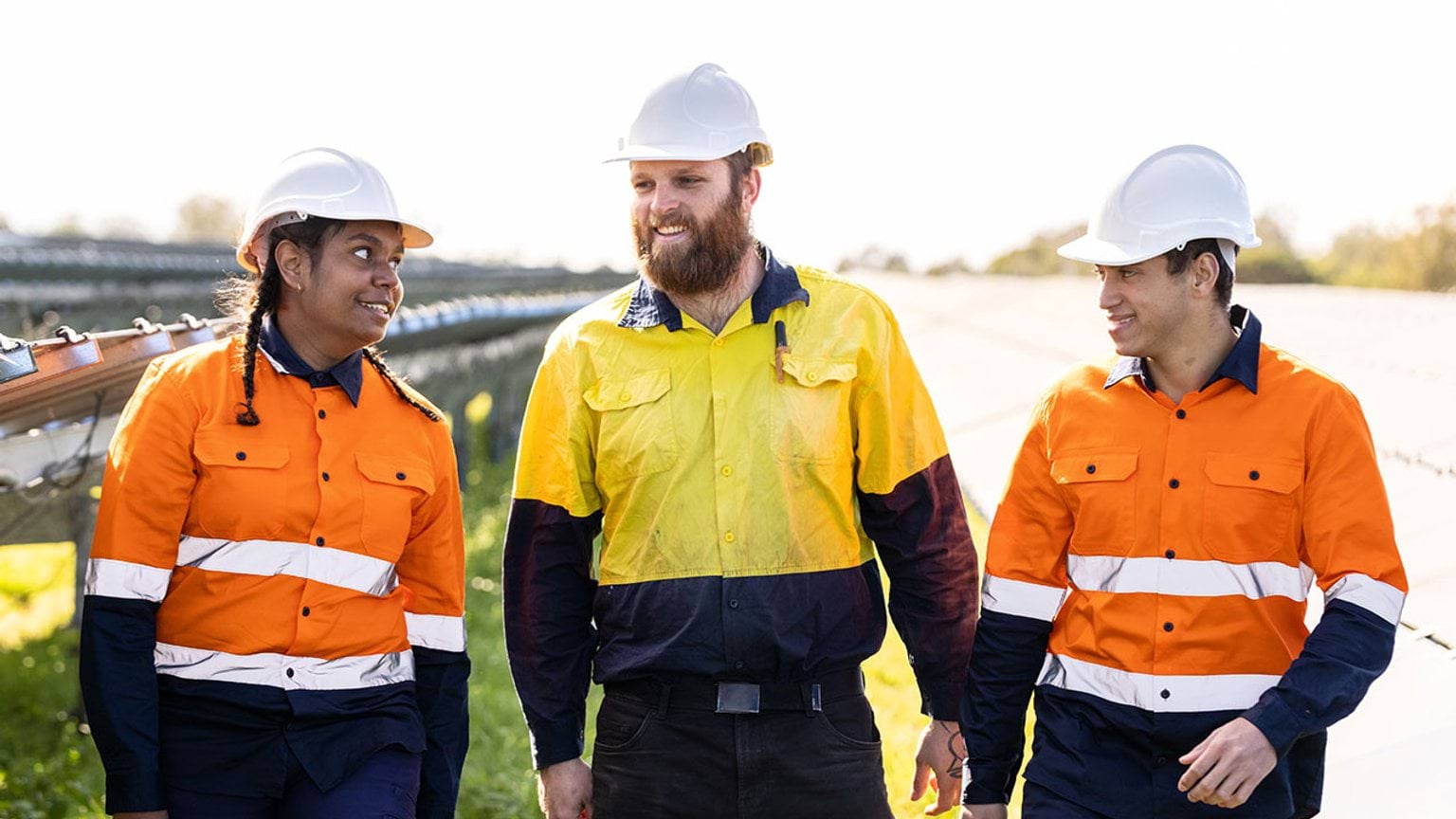If you work with children and young people, you might work regular hours, or you might find a role with more flexibility. You’ll develop ongoing relationships with the children and families you work with, as well as other staff. You’ll need empathy, patience and understanding for this kind of work.
What people love about working with children and young people
Here are some of the benefits of working with children and young people:
- You can make a positive, lasting impact on the children and people you work with.
- You can be a role model and mentor, providing support, knowledge and safety to the next generation.
- No 2 days are the same. You’ll work with different children doing different things, engaging in activities, play and relationship building.
- There are diverse roles available so you can explore different aspects of the industry. You’ll be able to take your transferable skills with you throughout your career.
Where you can work
There is a wide range of industries where you can work with children and young people. For example, you could work in a child care centre, a school, a youth centre, or a support service.
The kinds of working with children and young people settings you could work in include:
- childcare, preschools and kindergarten
- primary and secondary schools
- youth and community services
- children’s health and wellbeing service providers
- supporting parents and guardians with child care.
Median salary
Working with children and young people jobs may be in the education and training industry or the health care and social assistance industry.
The median weekly earnings for these industries in Australia are:
- Education and training industry: $1,900
Source: Jobs and Skills Australia(opens in a new window) - Health care and social assistance industry: $1,620
Source: Jobs and Skills Australia(opens in a new window).
Note that these salaries are current as of January 2025 and are indicative only. A range of salaries apply to different roles across the industry.
Job demand in Victoria
Working with children and young people jobs overlap both the education and training industry and the health care and social assistance industry.
Figures show the number of workers in 2024 and the new workers expected to enter the workforce by 2027 and 2034.
‘New workers expected’ accounts for workers adding new jobs to the economy and replacing retirees over the next 3 and 10 years. These projections are estimates only. There will be additional jobs available as people move between jobs and industries.
Below are employment projections for the education and training industry and the health care and social assistance industry in Victoria.
Career success story

Supporting children in new ways: Amanda’s outside school hours care (OSHC) career
“A common misconception is that working with children only offers care-based work. While that is part of it, there is a range of opportunities. All of that coming out of one sector is pretty amazing.”
Resources to plan your next steps
Visit our working with children and young people industry profile to find out about:
- what it’s like to work with children and young people, and some of the jobs you could do
- training and skills to work in the industry, and financial assistance to help pay for your course
- help getting a job working with children and young people, and industry job projections for Victoria
- other free resources and advice to plan your training and career.
Also visit our education and training services industry profile.
Explore growing industries in your region
Updated



